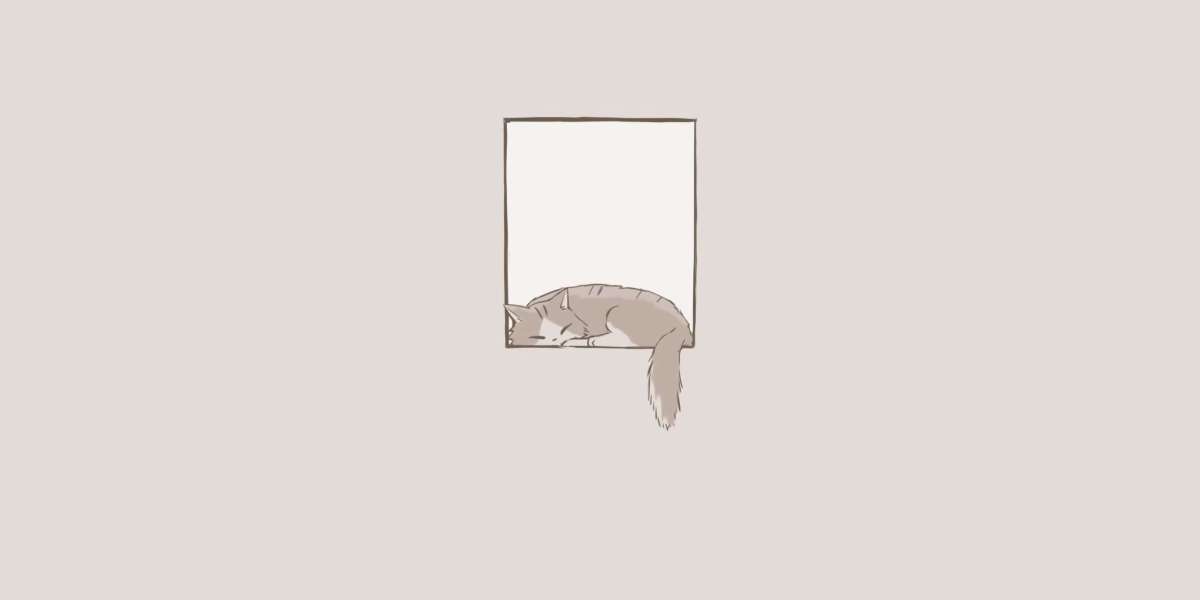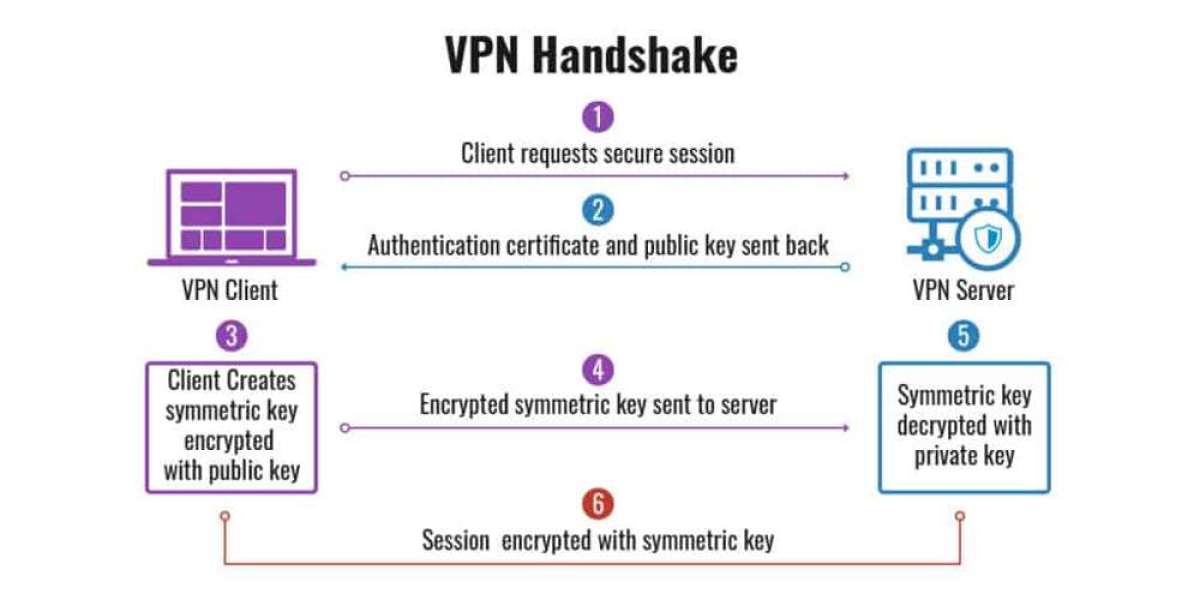3D printing has revolutionized the way we create objects, but it is not without its challenges. One of the most common issues faced by enthusiasts and professionals alike is filament feeding problems. Understanding the root causes of these issues is essential for achieving high-quality prints.
What Are Filament Feeding Problems?
Filament feeding problems occur when the 3D printer fails to properly feed the filament into the hotend. This can lead to under-extrusion, clogs, or even complete print failures. But what causes these issues? Let’s delve deeper into the various factors that contribute to filament feeding problems.
Common Causes of Filament Feeding Problems
- Filament Quality: Poor-quality filament can lead to inconsistent diameter and brittleness, causing jams.
- Extruder Tension: If the extruder tension is too high or too low, it can either crush the filament or fail to grip it properly.
- Temperature Settings: Incorrect temperature settings can cause the filament to become too soft or too hard, affecting its flow.
- Path Obstructions: Any debris or kinks in the filament path can impede the smooth feeding of filament.
How to Diagnose Filament Feeding Problems
Diagnosing filament feeding problems requires a systematic approach. Start by examining the filament itself. Is it brittle or tangled? Next, check the extruder mechanism. Is it functioning smoothly? If you suspect a temperature issue, consider recalibrating your printer's settings. By following these steps, you can identify the underlying cause of the problem.
Preventive Measures for Filament Feeding Problems
To avoid filament feeding problems, consider implementing the following preventive measures:
- Use high-quality filament from reputable suppliers.
- Regularly clean the extruder and hotend to prevent clogs.
- Ensure proper tension in the extruder mechanism.
- Monitor temperature settings closely and adjust as necessary.
For more detailed guidance on preventing 3D printing failures, check out this comprehensive guide.
Conclusion
Understanding the causes of filament feeding problems is crucial for anyone involved in 3D printing. By recognizing the common issues and implementing preventive measures, you can significantly reduce the likelihood of encountering these frustrating problems. Remember, a well-maintained printer and high-quality materials are key to successful 3D printing.








